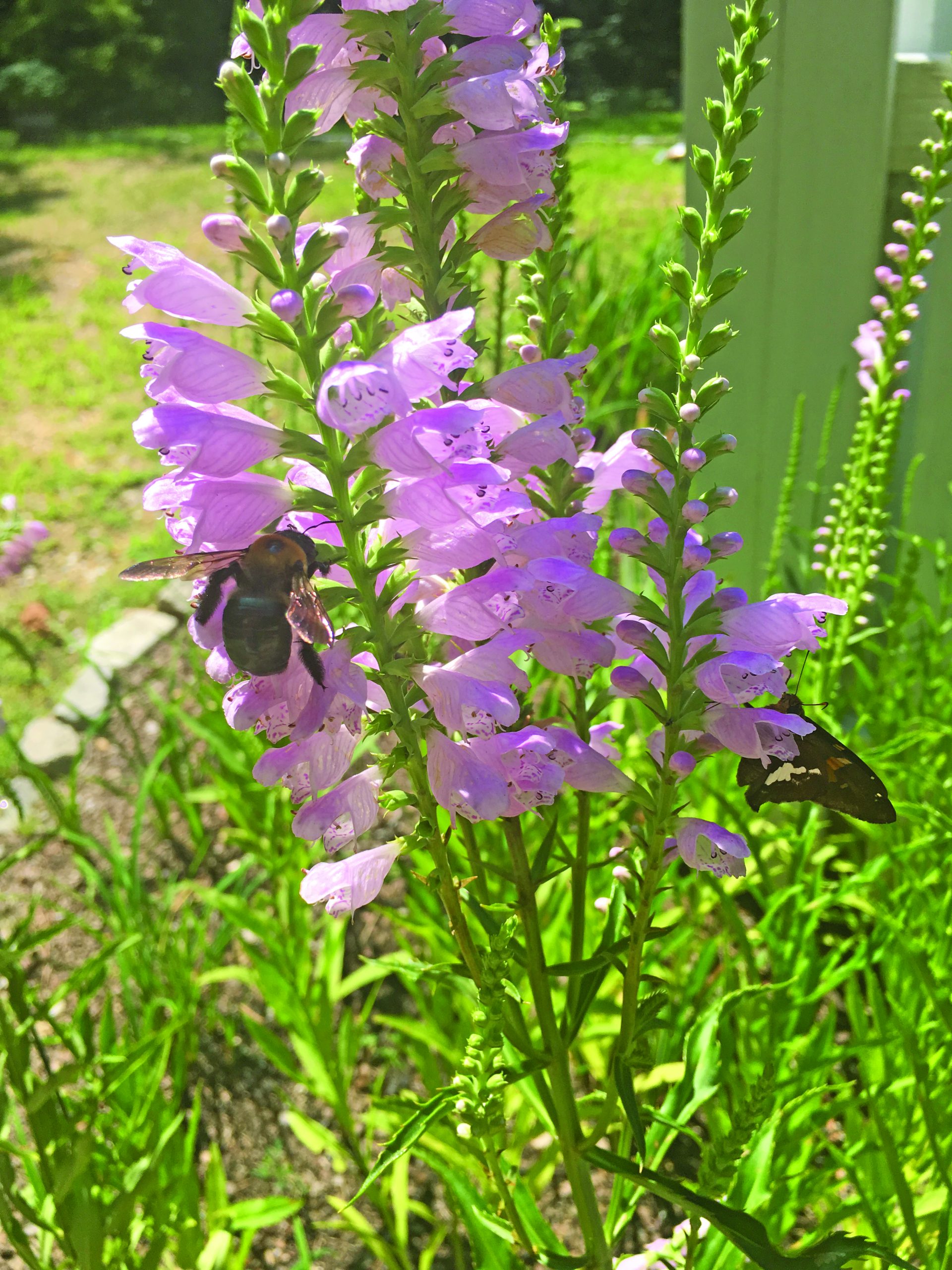This week’s “Gardening Corner” won’t appeal to everyone. It is aimed at two specific groups: Gardeners who aren’t sure they want to grow natives, but who want to give it a try for the health of bees, butterflies, and other critters; and gardeners who think most native plants look like weeds.
I get it. When Jim and I first moved to Gloucester County, our garden was filled with all the traditional plants: daffodils, forsythia, peonies, and azaleas in spring; daylilies and gladioli in summer. We planted roses and hydrangeas and weren’t even aware that the native perennials we saw growing by the roadside were a garden option.
About 10 or 12 years ago, I started reading about “wildflowers,” North American native plants that many people considered weeds, and were happy to eradicate, or at least prevent them from taking hold in their flower beds and lawns. With increasing concern in recent years about loss of wildlife habitat and food sources for valuable pollinators, gardeners in every state...
To view the rest of this article, you must log in. If you do not have an account with us, please subscribe here.

